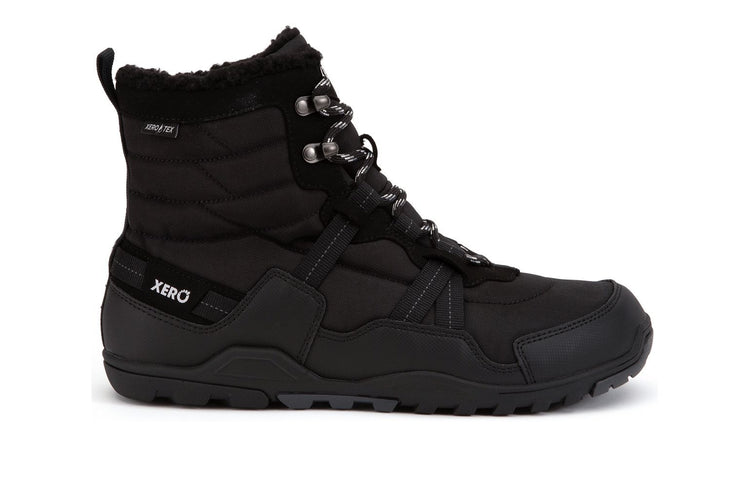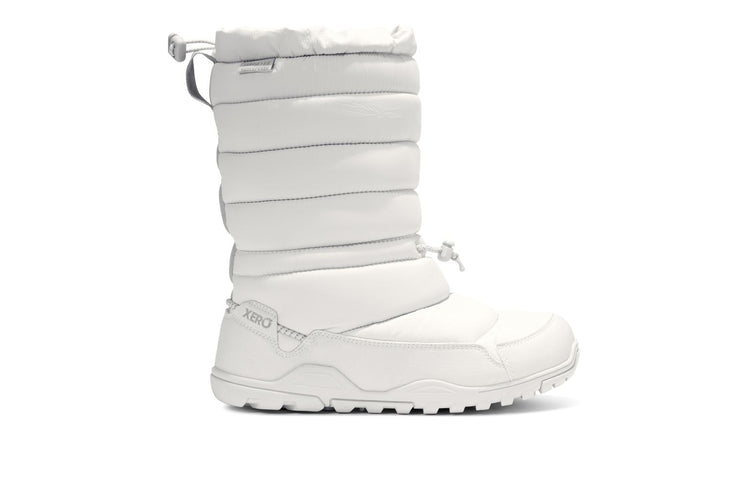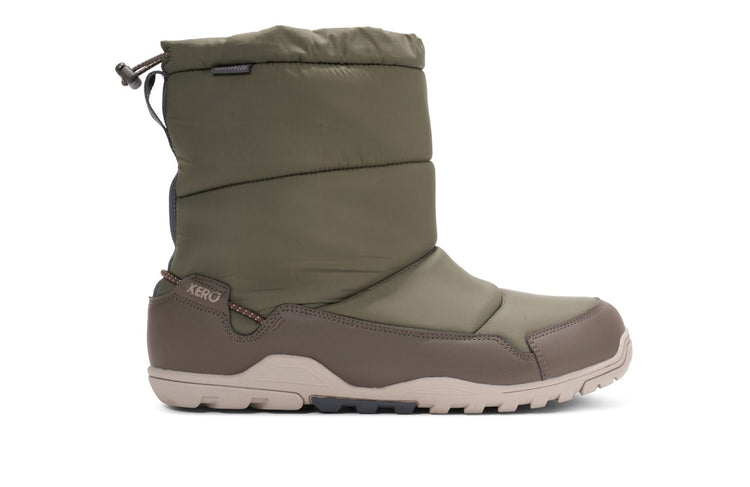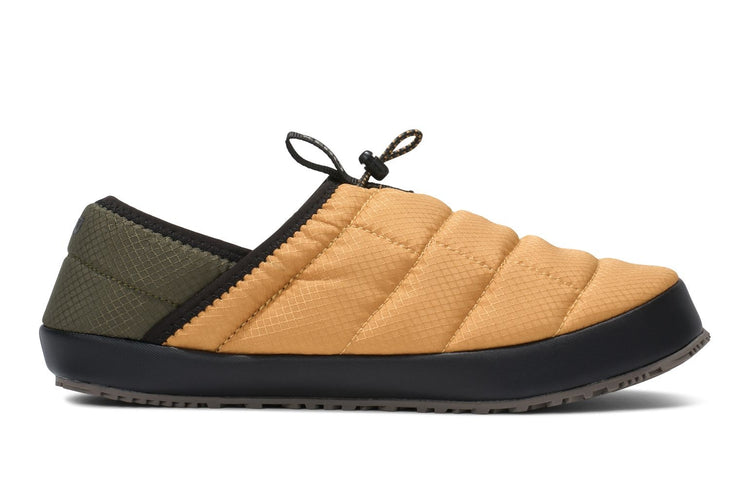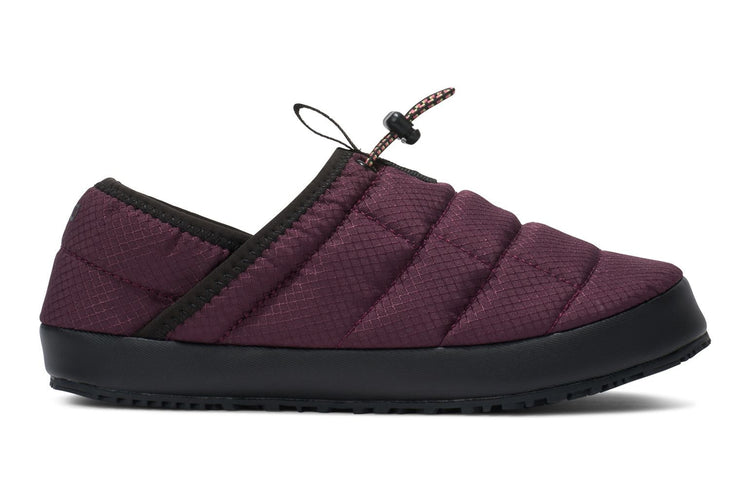latest News
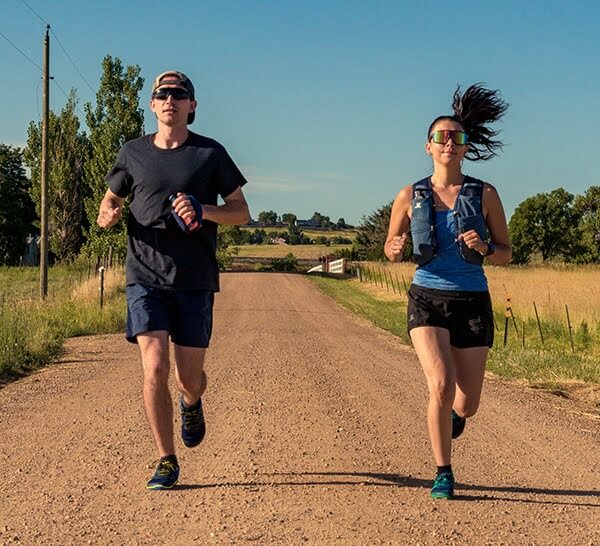
DO NOT “TRANSITION SLOWLY” TO BAREFOOT RUNNING
The more time you spend researching barefoot running and minimalist running — the more articles, interviews with doctors or runners, news stories, and research you dive into — the more you’ll hear one particular warning.Transition to barefoot running SLOWLY. If you make the transition too quickly, you’ll get hurt.Actually, if the piece supports running barefoot, you’ll hear this as a recommendation. If the piece is “anti-barefoot,” then it’ll be a warning.Why You Shouldn’t “Transition Slowly” to Barefoot RunningAdmittedly, even on this site I say something that could sound similar about how to start running barefoot.But to focus on how quickly or slowly you make the transition is to miss the point. Running barefoot safely and enjoyably isn’t about whether it takes you a day, a week, or a year to do so. It’s about HOW you make the transition, not HOW LONG it takes to make it.Transitioning safely to barefoot running (or running in minimalist footwear) is about form, not about seconds on the clock.7 Tips to Help You Smoothly Transition to Barefoot RunningFollow these rules for a safe and smooth transition to barefoot running: Go barefoot or wear a truly minimalist shoe Run on hard and smooth surfaces Your foot should land under your body Use less energy and effort Have your feet touch the ground as little as possible Pick up your cadence Have fun Let’s dive into each of these tips. 1. Go Straight to Barefoot (or Wear a TRULY Minimalist Shoe)It may seem logical that if you've been wearing a shoe with a lot of cushioning or a highly elevated heel, you would want to just slowly transition by starting with a shoe that has less cushioning and a lower heel… and then less and lower until you’re ready for running barefoot or in a barefoot-style shoe.In reality, transitioning to minimalist shoes by going slowly to thinner shoes is not the best way to learn to run barefoot or to run with proper, natural form. Dr. Irene Davis showed how “transition shoes” (which she called “partial minimalist”) can be worse for you than any other shoe, or being barefoot.Instead, you want to go straight to being actually barefoot, since that’ll give you the most feedback, and feedback is what helps you develop natural running form. If that seems too crazy, you can wear a truly minimalist, or “barefoot” shoe with a flat, flexible sole, no unnecessary cushioning, and a wider, foot-shaped toe box.Either way, the idea is to go as close to barefoot as you can and simply start SMALL and SLOW. More about that in a moment.2. Run on Hard and Smooth SurfacesIt also seems logical that you’d want to run on a cushioned surface, like grass.But, successful barefooters recommend running on a HARD, smooth surface… the reason is that you get more feedback from running on a nice road or bike path than you do from running on the grass. Plus, grass tends to be uneven, which could lead to tripping or ankle sprains, and there could be things hiding in the grass that you don’t want to step on… or in.If you want to see a barefoot runner get misty-eyed, show them a freshly painted white line on the side of the road. It's soft, it's smooth, it's cool, it's delightful :-)3. Your Foot Should Land Under Your Body When your foot touches the ground, it should be almost directly under your body. Don’t “overstride.” That is, don’t reach out in front of you with your foot in order to land. Many people who’ve been running in padded, motion-controlled shoes already overstride, reaching out with their heels and landing with an almost straight leg. Some people have heard that when running barefoot, you're supposed to land on your forefoot and will still overstride, but point their toes in order to land on their forefoot.Do not do this!Landing on your forefoot, with your foot out in front of your body puts extra stress on the forefoot and could lead to problems or injury. 4. Use Less Energy & EffortMany people think that when you start running barefoot, calf pain and Achilles pain are almost required. Trust me, 99 times out of 100 calf or Achilles pain comes from using too much effort. And, trust me again, you’re probably not the 1 out of 100 for whom it’s not.As you transition to barefoot running, focus on relaxing, using less energy and effort. For example, rather than pushing yourself off the ground with your foot/toes, try to lift your foot off the ground by flexing at the hip. Pushing off the ground uses WAY more calf muscle effort than is necessary. Similarly, if you think you have to stay on your toes and never let your heel touch the ground, which isn’t true, you’ll put more strain on your Achilles tendon than you need. You can let your heal naturally come to the ground instead.5. Touch the Ground as Little as PossibleWhen barefoot running, or running in truly minimalist shoes, try to focus on touching the ground as little as you can. Rather than “landing” on your feet, think of your feet as something that only touch the ground for as little time as necessary.One way to think about this is that when your feet touch the ground, have them moving at the speed you’re traveling across the ground. Another image that could help here: Your feet should contact the ground more like a wheel that just rolls over it, rather than like a stick that gets planted and pulled out.Another idea: Imagine lifting your foot off the ground before it even touches it. This could help you get your foot off the ground faster.Many other instructions you may find about how to run barefoot are just cues to help you get the correct foot placement and use less effort. 6. Pick Up Your CadenceCadence is the number of steps you take per minute.Picking up your cadence means taking slightly more steps per minute without running faster.There's a commonly held idea that when you run barefoot your cadence should be 180 steps per minute. 180 is not a magic number. Increasing your cadence (just a bit) makes it easier to place your feet under your body, at the correct speed, and with less effort. You can’t “plant” your feet, when they have no time to spend on the ground. You will want to experiment with different cadences that are slightly faster than what you're used to. Knowing that anything different from what you've been doing will initially feel unusual. And, yes, running with a metronome can help.7. Have Fun!You can spot a barefoot runner from 50 yards away. They look like they're having a good time. They're often smiling.So, perhaps the best instruction to help you transition to barefoot or minimalist running is to use fun as your guide. Listen to your body and HAVE FUN… And if you're not having fun, do something until you are.Besides, if you’re just grinding out the miles it’s almost guaranteed that you’ll fall into bad form and increase your chances of injury. How Long Does the Transition Take?The length of time it takes to learn to run in barefoot-style shoes or completely barefoot is different for everybody. For some, it takes no time at all because they already run in the way I described. For others, it takes longer, since they are learning a new skill and a new way to move — and different people learn at different rates. For a rough timeline, it should take anywhere from 1-4 months to fully transition to barefoot running.Effective and enjoyable barefoot running is an ongoing process. You will continue to improve the longer you do it. Taking the time to transition to barefoot running will be worth it in the long run. Focusing on the amount of time it takes you to make the change is putting your attention on the wrong thing. If you believe that it’s just about putting in the hours until you’re suddenly a successful barefoot runner, you may never make the form adjustments that will give you what you want.On the other hand, if you pay attention to the correct things, the important things – to your form, to relaxing more, to having fun – that could dramatically speed up your transition time. Pay attention to your sensations — if it hurts, take a look at the tips above and try something different until it doesn’t hurt. No pain, GAIN.Turn off the clock and turn on your awareness; you’ll have fun running barefoot (or wearing barefoot shoes) in no time.The content of this post does not constitute and is not intended to be a substitute for professional medical advice, diagnosis or treatment. Always seek the advice of a physician or other qualified health provider with any questions or concerns you may have about your health or a medical condition.

The truth about barefoot running finally revealed in an Infographic
Finally, all the statistics and information about barefoot running you need to know.Enjoy! And SHARE!(click to see full size)Here's my commentary on the infographic :-)The content of this post does not constitute and is not intended to be a substitute for professional medical advice, diagnosis or treatment. Always seek the advice of a physician or other qualified health provider with any questions or concerns you may have about your health or a medical condition.
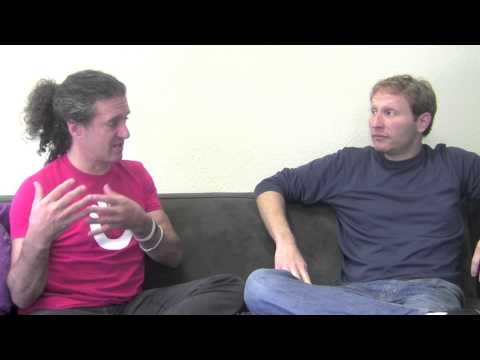
Leg length differences and barefoot running
Can you run barefoot if your legs are different lengths?This is a question I get at least once a week. And I think the answer may be surprising.Watch this video that I made with Joshua Gordon about barefoot running technique and leg length issues (and a LOT more). Then leave a comment below with your thoughts.EnjoyThe content of this post does not constitute and is not intended to be a substitute for professional medical advice, diagnosis or treatment. Always seek the advice of a physician or other qualified health provider with any questions or concerns you may have about your health or a medical condition.
Dr. Mark's brilliant Natural Running video
Dr. Mark Cucuzzella is not only FAST (he won the US Air Force Marathon this year), he's committed to understanding the facts of barefoot running (and minimalist, too).As a physician, professor, and owner of Two Rivers Treads running shoe store, Mark is all about getting people running safely, enjoyably, and easily. Plus, he's a really nice guy.Mark just released an incredible video about "Natural Running." His emphasis in the video is about running barefoot, but his point is that if you run with a natural gait, you may be fine in a minimialist running shoe, too.Check out this video and let me know what you think.One of my favorite parts is simply seeing mark run... FAST. There are so many critics who say "You never see barefoot runners who have any speed" (forgetting, of course, Abebe Bikila, Zola Budd, Ron Hill, and many other fast, barefoot Olympians).I also like how Mark doesn't emphasize exactly how your foot is supposed to hit the ground other than "don't heel strike." A number of us, including Mark and Pete Larson (of www.runblogger.com) have been saying, "There will be individual differences in how you land on your foot -- from flat-footed, to fore-foot -- that will depend on your physiology and biomechanics as well as how fast you're running and whether you're running uphill, downhill, and even on the surface."That said, most new runners may want to focus on a forefoot strike at first, if for no other reason than many of us have lost our proprioceptive skills from years of wearing shoes and may think we're mid- or fore-foot landing when we're still heel striking. I've had more than my share of runners try to convince me that their heels never touched the ground, even when looking at video showing them clearly heel striking.Thanks to Mark for this great addition to the world of barefoot and natural running.The content of this post does not constitute and is not intended to be a substitute for professional medical advice, diagnosis or treatment. Always seek the advice of a physician or other qualified health provider with any questions or concerns you may have about your health or a medical condition.
4 Reasons NOT to Run Barefoot
[This post is guest-authored by our friend Rob Raux from www.shodless.com]Being barefoot and running barefoot is a blissful and consciousness-expanding endeavor. The feedback supplied from the ground is powerful enough to force even experienced runners to try it for only a mile or so, if they make it that far. Barefoot running, however wonderful, should not be subscribed to dogmatically.There are myriad resources available expounding on the benefits of being barefoot. Most of their reasons, methods, and warnings have merit. Unfortunately many of them sway to heavily towards the one-size-fits-all solution.Experiencing life unshod isn’t always the best option. Putting on a pair of huaraches or other minimalist shoes can serve a number of beneficial purposes: Technical Trail Running. Many people worry that the rocks, twigs, and roots on a trail make barefoot trail running impossible. Not true. First, you use your eyes and avoid what worries you. Second, your feet aren't rigid and can grab and grip and mold around many "obstacles."That said, while there’s nothing better than feeling the grass beneath your feet, having your heel land on an embedded rock leaves something to be desired. To be more specific, it could leave behind a bruise that will take at least a week to heal.That doesn’t include the chance of damaging the fatty tissue which protects your heel bone from impacting the ground. If any of this sounds painful, trust me, it’s worse than you’re picturing.A trail has hazards which you may not wish to risk if you're still an inexperienced barefooter. When a single false step means a week of no running, it’s just not worth it to be ideological about keeping yourself unshod. Additional mileage Your body may be able to take additional mileage, but the bottoms of your feet may not be ready to support it yet barefoot. Now, if you're looking to become a better barefoot runner, this is good news -- when your skin tells you to stop... STOP! Over time it'll adapt (not callous) and you'll be able to put in more miles.Until then, there’s nothing wrong with protecting your precious footsies, but only if you know your form is correct. If you are transitioning from shoes to barefoot and have yet to perfect the change from heel strike to mid foot strike or a forefoot strike, don’t ask for trouble by adding more miles in a minimalist shoe. You’ll find yourself injured promptly and thoroughly.If you are comfortable in your stride, you will find that your feet hit a natural point where further barefoot running may only lead to blisters (that usually means your form has broken down and you're pulling/pushing the ground, instead of placing/lifting). In these cases, adding a protective covering will give you the opportunity to add those additional miles you crave. Racing A foot covering increases your margin for error while running. Proponents of barefoot running tout the pain feedback loop as a beneficial aspect. Any foot covering blocks the pain receptors, which allow you to cause more damage to your body.In a race, this can be a necessary evil. A reduced pain feedback loop allows you to run a longer duration of more intensity. The covering may also absorb some of the mistakes you may have made barefoot (stepping on that rock in your mental fatigue).There’s obviously a very fine line to be ridden here, and one that you can certainly go too far with. Go with the least amount of covering possible and you should be able to dampen and absorb just the minimal amount of error to improve your results.I'd love to say, "If you're not comfortable running that distance, don't race that distance." But I know how some of us... I mean, YOU... can be ;-) The bitter cold Mother nature yields to no man. Don’t even think about getting the best of father winter.If you live in a climate that has a true winter, you know what frostbite feels like. Now try running barefoot.Amazingly, there are folks who do it, and enjoy it. And check out Steven shoveling snow in his huaraches. Frankly, I’ve tried it and even I think that’s crazy. Most people are going to need something to keep their feet protected from the elements (wind, snow, slush, etc.). Each person has a different tolerance, which will adapt as they get more comfortable with the colder weather.When dealing with the elements it’s best to be safer than pull up limp 3 miles from your house and walk the rest of the way home. The content of this post does not constitute and is not intended to be a substitute for professional medical advice, diagnosis or treatment. Always seek the advice of a physician or other qualified health provider with any questions or concerns you may have about your health or a medical condition.
5 Common Stride Missteps
Let us guess, you ditched the cushioned clodhoppers only to find a new host of issues to deal with. Blisters on the bottom of your feet? Sore hips? Calves aching so much you can’t walk? Soak in some Epsom Salt and give yourself a break. No one said changing a lifetime of running habits overnight would be easy. No matter what shoe (or lack thereof) you wear, if you don’t change your stride, it won’t matter. Not sure if you’re “doing it right?” Below are five common missteps to set your stride straight.Misstep #1 Incorrect Stride RateWhen it comes to running, we get into a groove and find a familiar, comfortable place. We expect things to feel a certain way. Traditionally, runners trod along at roughly 120 steps per minute. With a forefoot or mid-foot stride, you need to speed up your stride rate and shorten your steps to roughly 180 steps per minute.Initially, it will feel very strange and awkward, and you may need to do some game time internal persuasion to stay consistent. Stick with it and you will be surprised how quickly you become accustomed to your new stride (and the pain-free knees that accompany). Remember, forefoot/mid-foot striding in minimalist shoes requires stronger calves, Achilles, tendons, ligaments and bones - you will slow down initially, but as you strengthen so does your speed. Take your time and slowly work your mileage up.Misstep # 2 Over-stridingOver-striding jars the body and puts unnecessary strain on your ankles, knees and back. Watch your feet closely as you run. Do your feet land under your center of mass where they should or in front of your body? The closer they are to you, the better. It is also common for runners to kick their legs out in front, then land lightly on the forefoot, rather than keeping a normal stride.Think of it as a modest can can dance in running form. Why add the extra stride and expend extra energy without the payoff? Keep your stride short and land under your center of mass.Misstep #3 Pushing/Pulling Your StrideAre you taking off for a run only to find a nasty blister swelling on the ball of your foot afterwards? When you push off for your stride, or pull your foot back towards your body to complete your stride, you’re smearing your foot across the ground. All of that extra friction is sure to create an uncomfortable blister or two. Keep your stride light and eliminate the foot smear and you will avoid blisters.Misstep #4 Incorrect Placing and Lifting of the FeetAre you jamming your foot to the ground and using a heavy stride? Going lighter and minimalist not only includes your shoe but your stride as well. When you run, imagine you are sneaking up on an elk in the woods or running on hot coals. Place your forefoot or mid-foot on the ground, then quickly lift it back up. The faster you move, the better. Doing this will keep your stride light, fast, and put less strain on your body.Misstep #5 AsymmetryHave you experienced a blister or soreness on one foot, but not the other? Pain in only one shoulder? Stronger strain in the right Achilles but not the left? Your symmetry is off. This is easy to do but also easy to fix. If you consciously try to have your feet, legs and arms move symmetrically in the same way, you will find most of your problems cease immediately. This becomes more crucial at the end of the run when you are fatigued and your stride isn’t as precise, your arms aren’t as stiff. Strive to keep yourself strong and symmetrical to the last step.Of course, there is the granddaddy of all missteps – the heel strike. We hope that no one is shedding their shoes only to pound their heels into the pavement (ouch!) Be sure to take on a forefoot or mid-foot stride and let your heel gently touch the ground as you roll through your step.Have you done any of these? We know we have! If you’ve overcome any stride challenges, do share. Your experiences may help someone else out there.Feel the World!The content of this post does not constitute and is not intended to be a substitute for professional medical advice, diagnosis or treatment. Always seek the advice of a physician or other qualified health provider with any questions or concerns you may have about your health or a medical condition.


